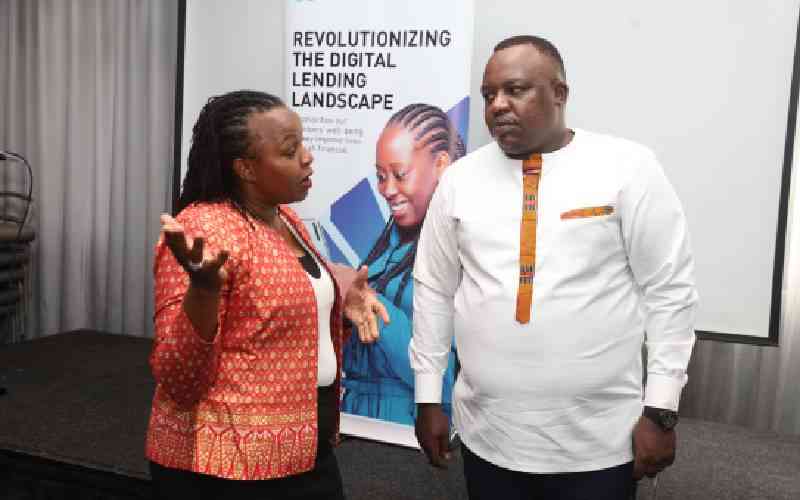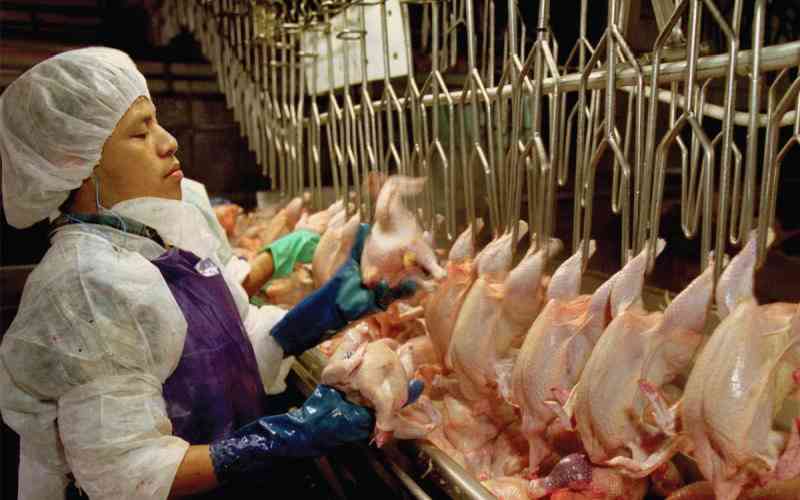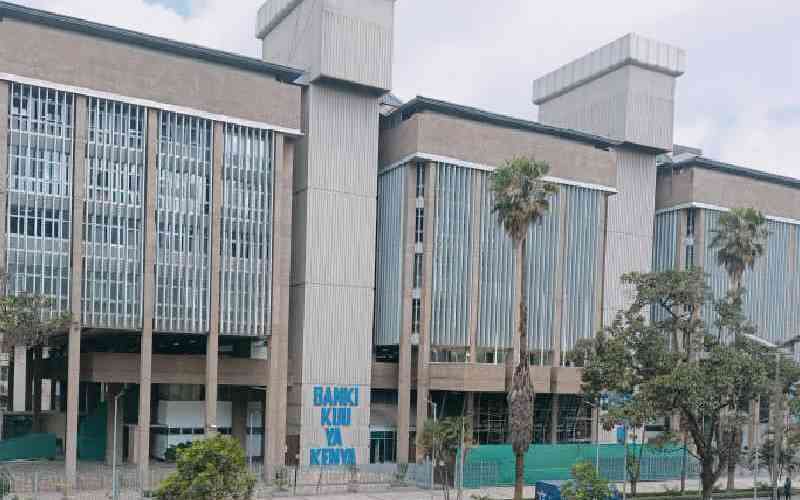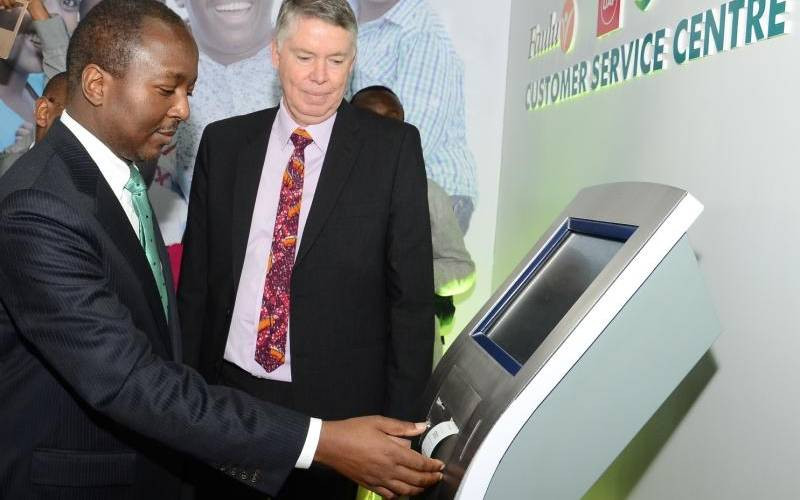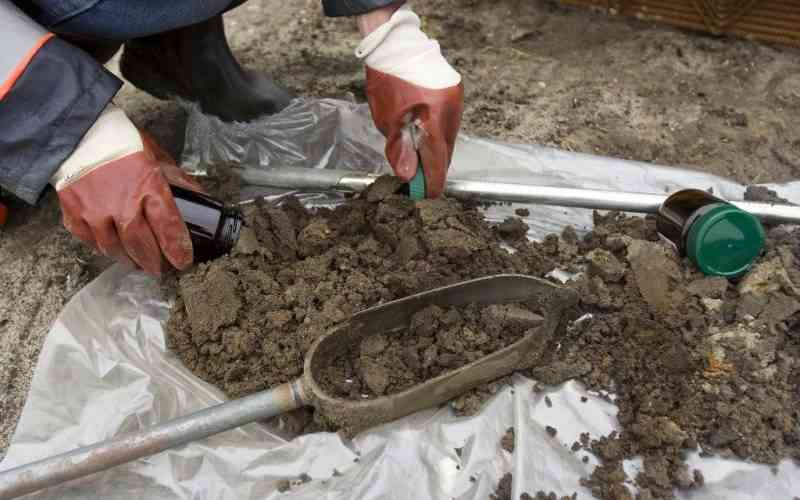
Kenya’s agricultural story is shifting beneath our feet—from hard soil to hard data.
For decades, millions of smallholder farmers have farmed without guidance, applying fertiliser and using seeds based on tradition or instinct.
But with soil degradation accelerating and food security under threat, more players—government, researchers, innovators—are pushing for a smarter, science-driven approach to farming.
At a recent summit in Nairobi, the Agriculture Cabinet Secretary Mutahi Kagwe recounted what soil testing meant for his own farm: “I was farming blind, squandering money on the wrong fertilisers—a mistake that far too many Kenyan farmers make,” he said.
“We need to provide our smallholders with the information and resources they need to realise the full potential of their land.”
The CS’s sentiment echoes across the country. In county governments and agricultural institutions, new initiatives are seeing soil health as foundational, not optional.
At the Kenya Agricultural and Livestock Research Organisation (KALRO), officials are mapping out a digital revolution.
From now until 2027, the agency aims to analyse over 77,000 soil samples from 45 counties, building digital soil-fertility maps that could transform farming decisions nationwide.
Dr Daniel Gikaara, KALRO’s deputy director, explained that new mid-infrared (MIR) machines will slash testing time from weeks to a matter of days.
“Our agripreneurs will advise farmers on suitable crops and necessary inputs based on soil test results,” he said—pointing to a future where precision trumps guesswork.
Still, soil data—like blood tests—only matters if people use it. In Nakuru, County officials have started offering free soil sampling and testing through a private–public partnership.
“You cannot manage what you do not understand … for us to be able to manage the soils, we have to do soil testing,” admitted Immaculate Maina, the county’s agriculture executive.
Researchers reinforce these calls with stark figures. Nearly 63 per cent of Kenya’s arable land is acidic, which undermines the absorption of even applied fertilisers, according to KALRO analysis.
An opinion piece by Dr Alex Njugi Wangeci warns that less than two per cent of smallholder farmers test their soils regularly—no surprise, given the cost, time, and logistics involved.
Stay informed. Subscribe to our newsletter
This gap—technology exists, but smallholders remain distant from it—is where innovators like CropNuts come in.
Since its founding nearly 30 years ago, CropNuts has transformed raw soil data into practical recommendations—and now, it has been selected for the Thryve Soil Health Accelerator, a programme backed by Yara Africa & Asia.
The lab’s approach has already improved livelihoods.
In Kirinyaga, rice growers boosted yields by over 30 per cent after following tailored recommendations around pH and fertiliser application.
In Meru’s highlands, a barley trial produced nearly 12 tonnes per hectare—more than three times the national average.
The question now is how to scale those gains across thousands of farms.
Still, challenges loom.
Distribution networks are thin, lab testing costs remain out of reach for many, and awareness of soil testing is uneven.
CropNuts, working with the accelerator, is experimenting with new distribution channels—cooperatives, agro-dealers, and county networks.
If successful, these could be replicable models for last-mile delivery of soil data.
Beyond the lab, Kenya’s interest in knowledge-based farming is gathering momentum.
At the Data4SoilHealth Summit, the government spotlighted its ambition to build a National Soil Information System, highlighting innovators like AI-based soil kits and carbon-monitoring platforms.
Anne Bakilana of the World Bank reminded attendees that “data is the key to building smarter, more resilient food systems.”
Counties echoed the urgency: “Better income, better yields, better resilience—that is the goal,” said Nyeri’s Governor Mutahi Kahiga.
But while we talk of platforms and policy matters, so do real voices from the field. One farmer, Benson Wanjala, on the outskirts of Nairobi, spoke of dwindling productivity: “My vegetable yield also began to decrease, and I suspect it is due to the increased amount of chemicals in the soil,” he said, referencing what many agronomists agree is a growing legacy of acidity caused by repeated fertiliser use.
Across Africa, voices in the agroecology movement caution that solutions must blend science with traditional practices, not replace them outright.
The challenge—and the opportunity—is clear.
With Kenya’s population rising, climate change deepening, and youthful energy ripe for innovation, soil data could be the bedrock not just of higher yields but of resilient, sustainable agri-systems.
But only if that data moves from laboratories into the hands of farmers—and is trusted, affordable, and actionable.
In the end, the story of soil isn’t just about fertility or crop cycles; it’s about knowledge, empowerment, and a future where agriculture is as much about data as it is about dirt.

